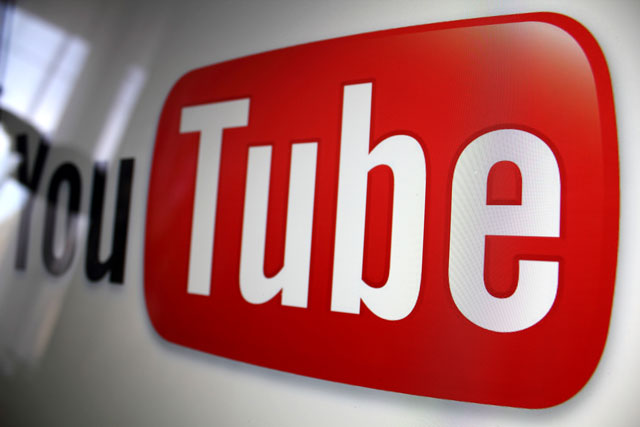
The television landscape in South Africa has seen a shift in recent months with the launch of streaming content and video-on-demand services, says a local expert.
While the launch of streaming content has not had a major impact on traditional forms of television such as satellite and terrestrial, local technology analyst Arthur Goldstuck believes that YouTube is the local entry point to streaming video.
“At the moment, traditional TV continues to dominate and will do so for quite some time to come. The reason for this is because streaming content is not accessible to the majority of the public,” Goldstuck said.
He added that with more people watching YouTube videos, more time is consumed online as opposed to in front of a television.
“The more time people are spending watching YouTube videos, the more it will gear them up for streaming content. Online videos are feeding their appetite for streaming content,” Goldstuck said.
Two major factors that still keep the traditional television audience faithful are the cost and speed of data connections, as well as sports content, said Goldstuck.
“DStv is currently offering some of the best coverage in the world with dedicated sport channels for something like the Olympics. Streaming content is only for people who are not sports fans for now,” Goldstuck said.
Goldstuck added that when high-speed ADSL or fibre to the home becomes more affordable, South Africa could see a surge in usage of streaming content with fewer people watching traditional forms of television.
“The major obstacle stopping streaming content becoming the primary form of consuming video is the roll-out of fibre. Users with a slower internet speeds are not the target market for streaming content providers,” he said.
“We are seeing people on the high-end moving over completely to ShowMax and Netflix — with ShowMax being the biggest platform for streaming content with a high marketing presence within the country,” said Goldstuck.




